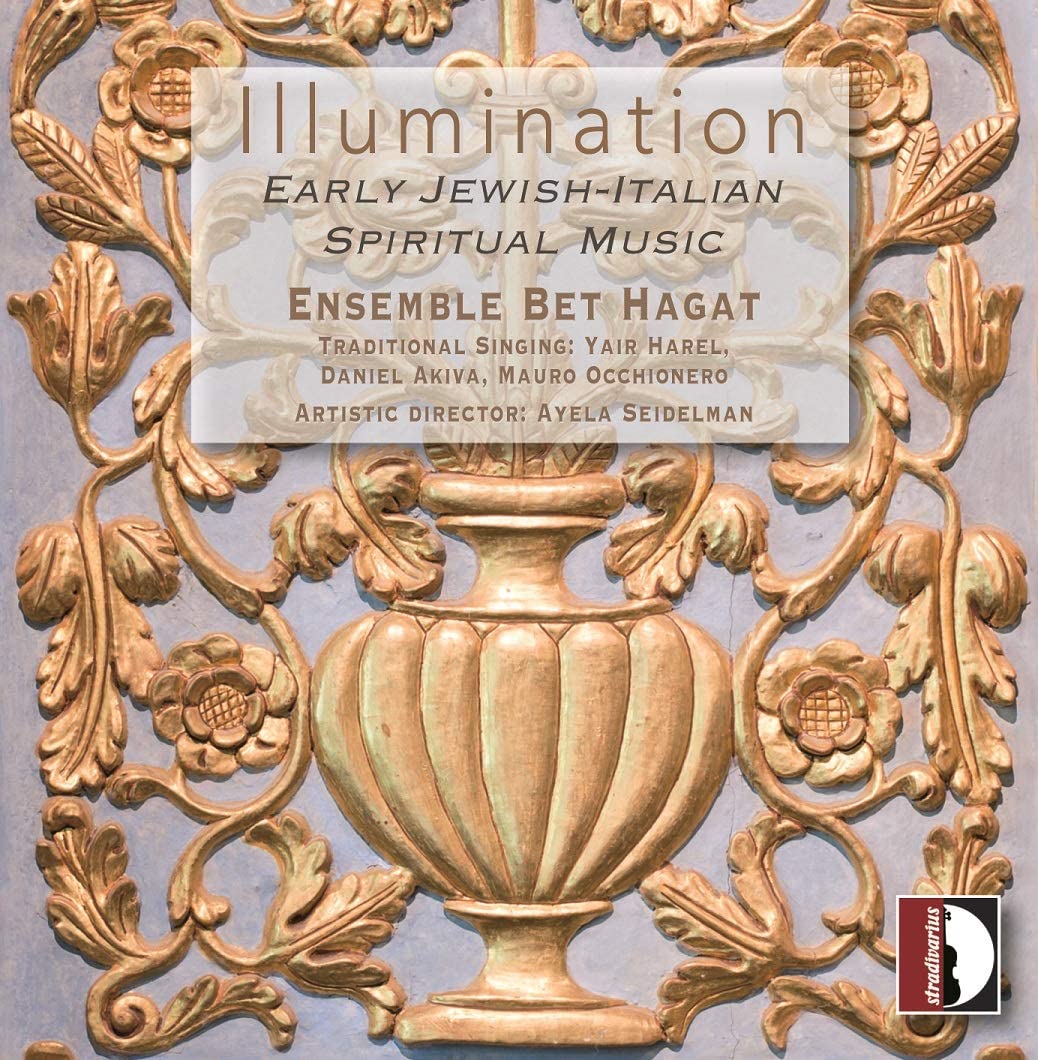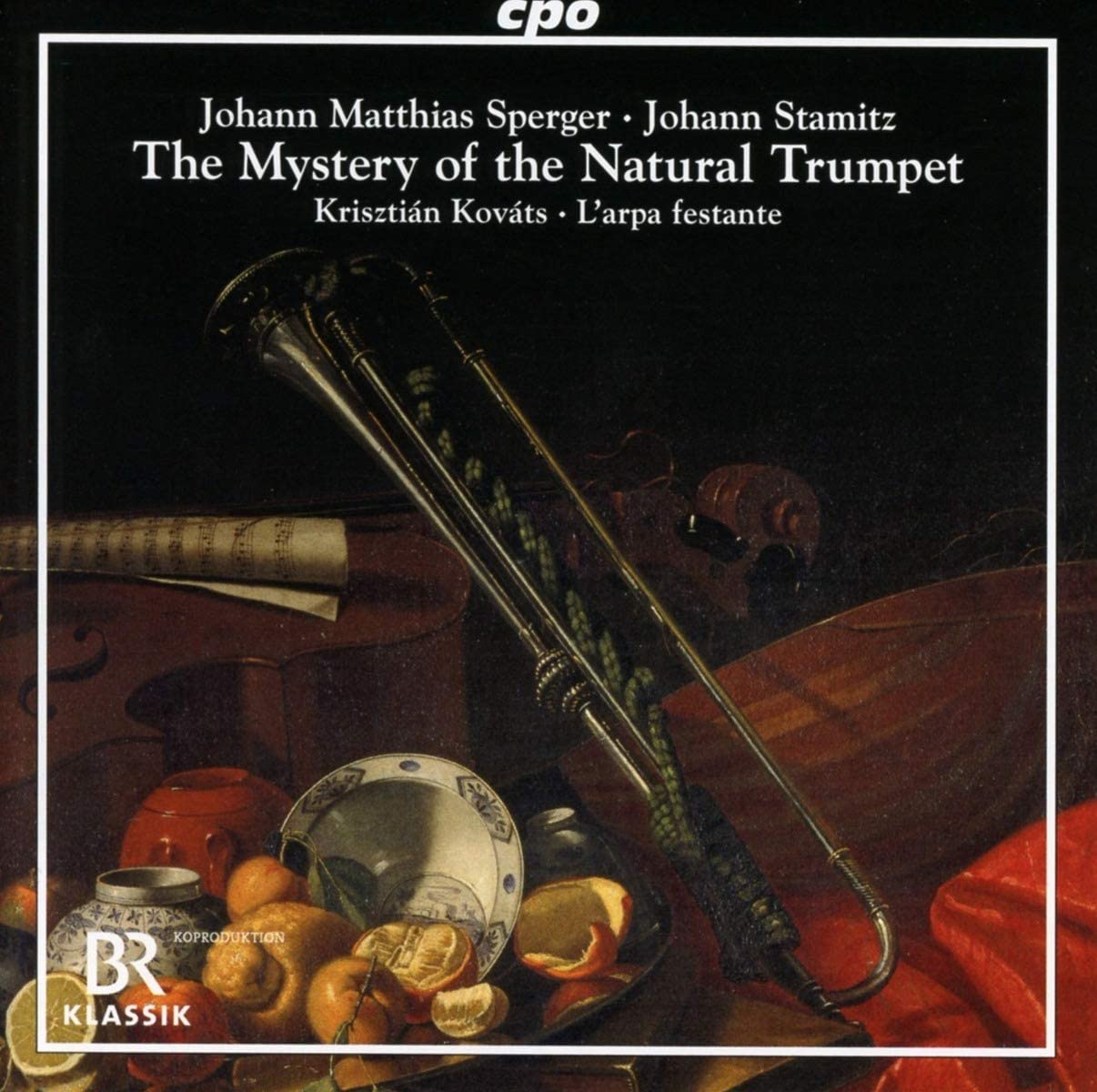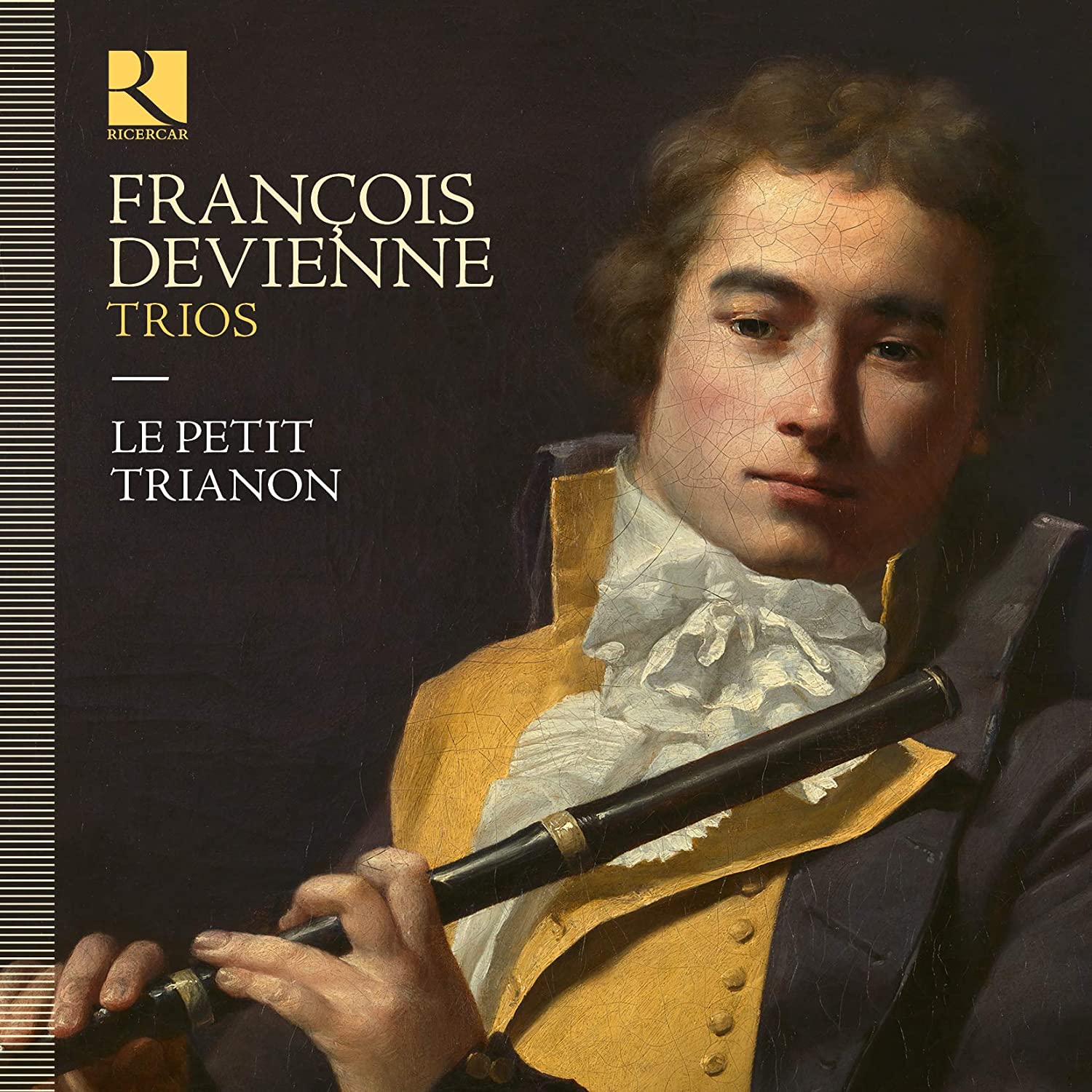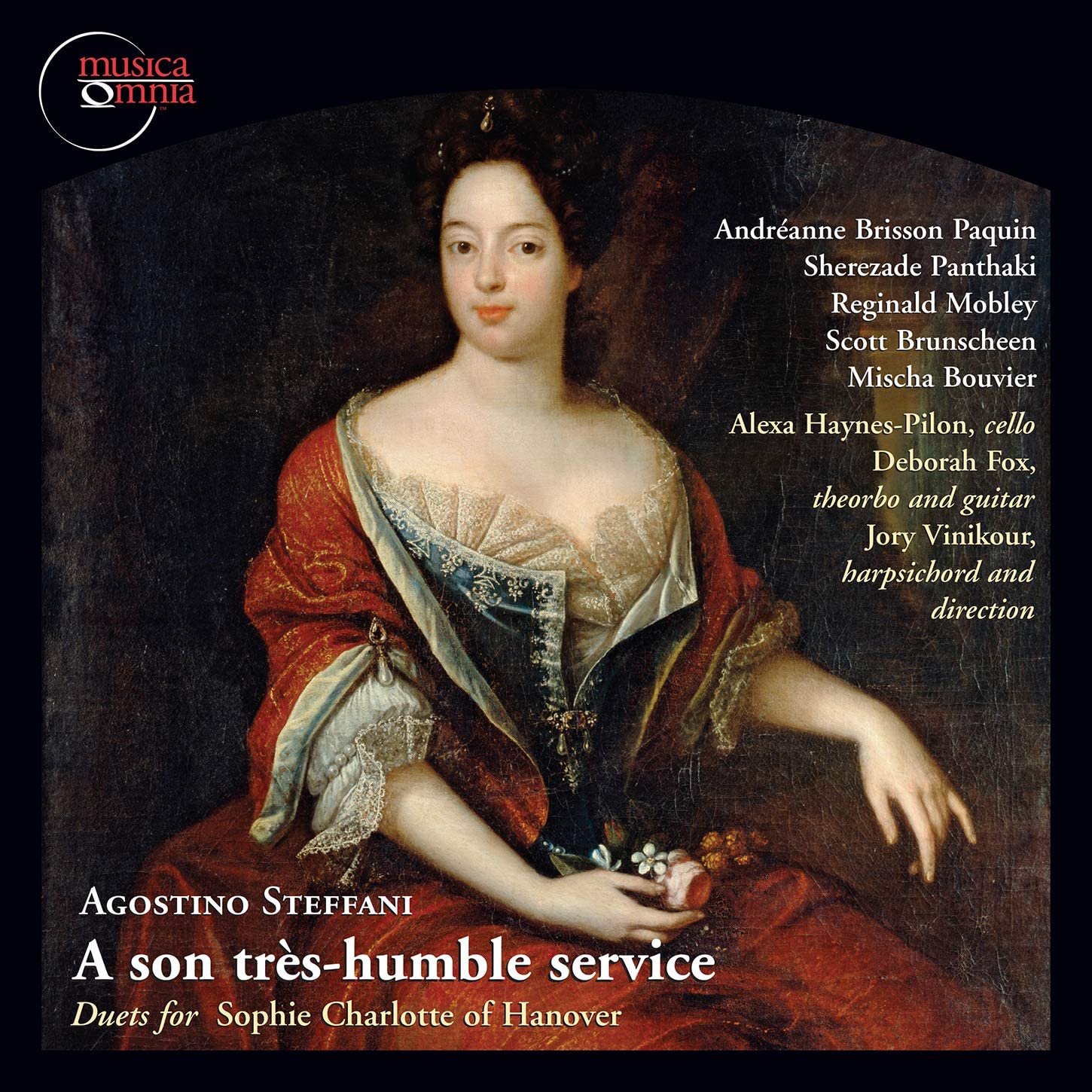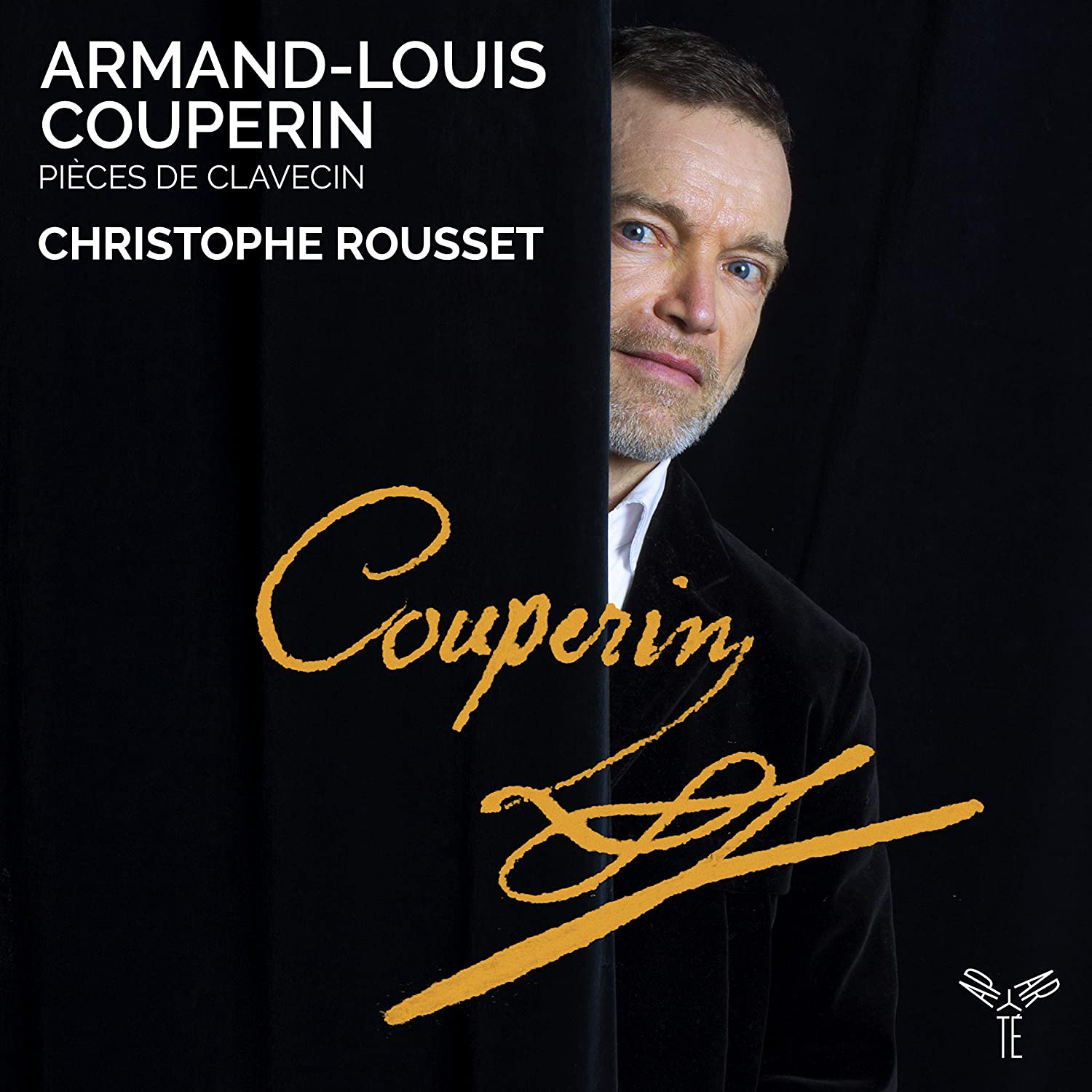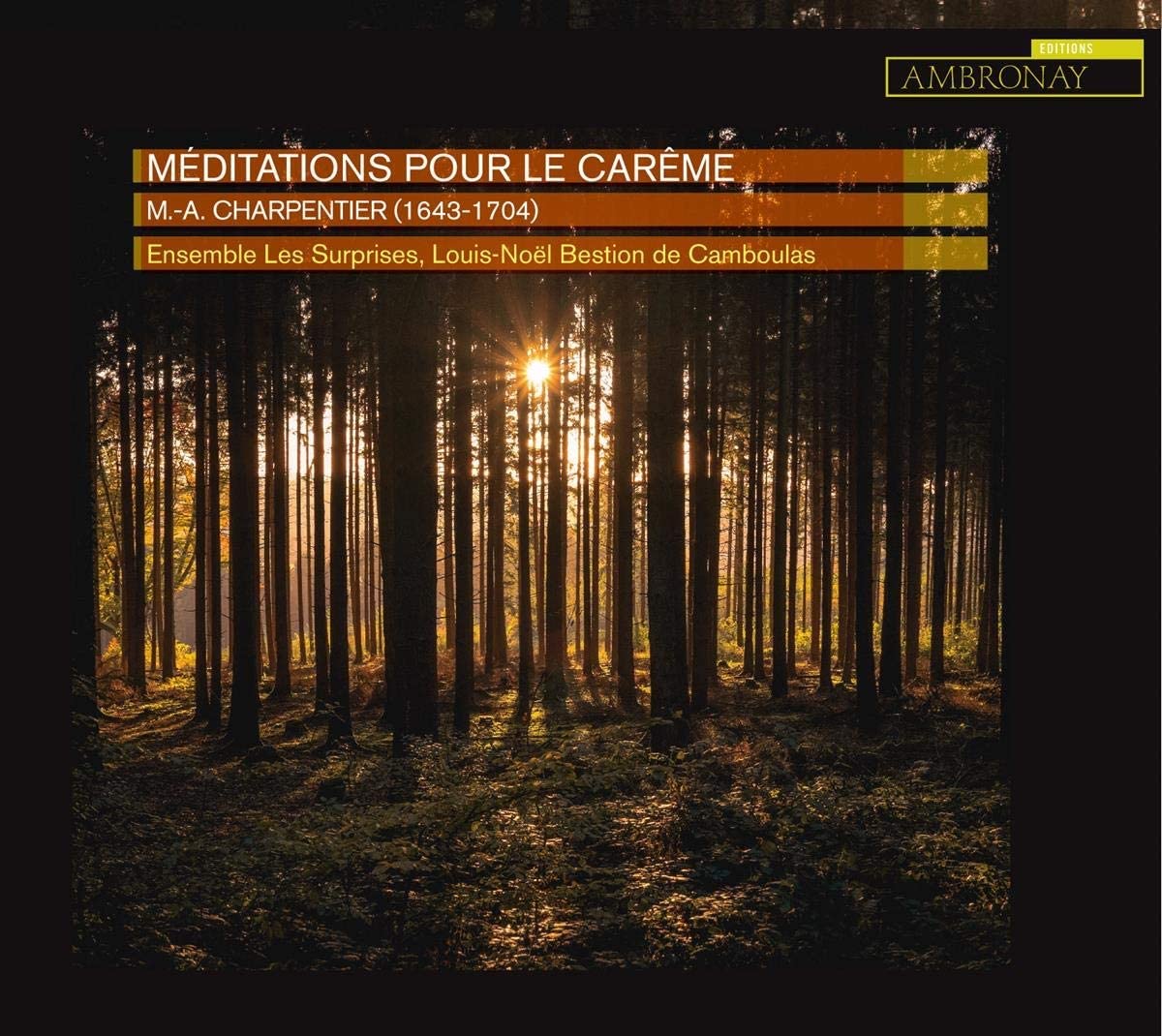Jonathan Boswell
ISBN 9781721-968954
Click HERE to buy this at amazon.co.uk
This volume, self-published by the author, and produced and distributed by eBook Partnership is intended to address a perceived gap in the market for an accessible introduction to Palestrina and his music for the non-specialist reader – the title hints at this, and the information on the back of the publication spells it out in further detail, suggesting that it will be ‘welcomed by early music fans, choral singers and church musicians, and by thoughtful, imaginative music lovers.’
I may not be in the front line of Mr Boswell’s target audience, so I have tried to approach his publication with an open mind and with an eye on his intended public. In his opening chapter, the author helpfully lays out his plan campaign, as well as hinting at his methodology. Presumably in deference to his target audience, he states that he will ‘avoid too many technical terms’, and in a general chapter plan he promises an account of Palestrina’s career and life story as well as a treatment of aspects of the composer’s style and more detailed analysis of the Mass settings.
When I got down to reading the text itself, it seemed that the author was all too willing to depart from his promised structure, with bits of biography bleeding into sections of analysis and vice versa. I found the sections on Palestrina’s life and the context of his career the most interesting, and there were occasional genuine insights into how the intellectual fashions of the time would have influenced his music. Too often, though, there were sweeping general statements, which were simply inaccurate. The assertion at the opening of chapter 8 that Palestrina’s music was largely ‘in limbo’ for three centuries is just nonsense – it influenced composers throughout this period, and of all the Renaissance composers Palestrina was the one whose polyphony continued to be sung and copied and imitated until he was joined by his contemporaries in the great 20th-century rediscovery. Too often such sweeping statements of dubious accuracy stand in for genuine fact-based analysis – is this the inevitable result of the author’s aspiration to popularise his subject matter?
To look in more detail at the text, already in this introductory chapter, I encountered an aspect of the author’s writing style, which I found to be an issue throughout the rest of the book. Mr Boswell is prone to express himself in rather opaque turns of phrase. I could cite numerous examples of sentences, which I had to reread several times and some of which I am not sure I ever got to the bottom of. It is only fair that I should give some representative examples :
In the opening paragraph of the book we have –
‘A highly eventful reception and discussion history followed, focussing among inexorable and perennial issues about music, its cultural influence and complex meanings.’
In chapter 4 we have –
‘There is a marked contrast with styles which disclose a large-scale purposive design where everything seems to develop according to a virtuosic master plan.’
Towards the end of the book we have –
‘Palestrina’s counterpoint follows a different path. The texts are centre-of-attention, not woven into enveloping musical structures, however beautiful. Bald description and pure repetition are avoided.’
I have limited myself to three examples, and could, of course, be accused of taking phrases out of context, but in all honesty, context did not clarify any of these statements for me, nor the many other obscure sentences and phrases throughout the book. Many passages read like a bad translation from a foreign language, but as far as I can ascertain English is the author’s first language. I puzzled long and hard about why I found the author’s style so regularly impenetrable, and think it is principally due to two things. Firstly, this is a book, which was in urgent need of a hands-on editor to ask the vital question, ‘Just what do you mean by that?’ (Such an editor would also incidentally have picked up on some of the many typographical shortcomings.) Secondly, I think it is impossible to analyse contrapuntal music in the degree of detail to which the author aspires without the technical terminology he has consciously denied himself – as a result, I think he is often simply inventing his own technical terminology, which frequently means nothing to anybody except himself.
One example would be the term ‘lead’, sometimes expressed as ‘melodic lead’. This would appear to be the author’s term for the cantus firmus, but not always, and sometimes bafflingly he also uses the term cantus firmus, or rather fermus (sic). This sort of mess seems to me inevitable if you deny yourself recourse to technical terms, but then aspire to analyse without them.
The analysis, particularly of the selected mass movements, aspires to musicology, but again without the technical terms to express the main concepts the author seems to engage in the most eccentric fields of analysis. There are several tables recording aspects of Palestrina’s Masses, which seem entirely without relevance. One table expresses the redeployment frequencies of voice parts. Even after reading the surrounding text several times, I am not entirely clear what this even means, let alone why anybody would be interested in these statistics. Is he talking about the density of the polyphony? I really don’t know. More immediately comprehensible, but equally irrelevant is the table laying out the percentage of bars sung by each voice in 12 Kyrie sections, while the statistical analyses of ‘developments of melodic leads’ and the proportions of settings which open with specific voice parts also seem like analysis gone rogue.
So to return to my original mission, has the author made Palestrina’s music more accessible to a general audience? I think that a general reader would struggle as much as I did with Mr Boswell’s eccentric turn of phrase, perhaps even more so without the framework of technical terminology to fall back upon. Would a general reader have any more use than I had for the statistical tables, addressing apparently irrelevant aspects of the composer’s music? Almost definitely not. As I have already suggested, the biographical sections of the book are generally accurate, while their factual nature helps avoids them being infelicitously expressed, so they would probably provide a useful context for anyone listening to Palestrina’s music. However, it has to be said that it is not as easy as the introduction suggests to fillet this information out of the rest of the text. And of course, in the days of Wikipedia, most of the generally agreed biographical material is available online, where it can also be updated. More worryingly, a non-specialist reader would come away from the text with a number of serious misconceptions – that certain passages in Palestrina are badly written, when in fact the author for some reason just doesn’t like them, or indeed that Palestrina’s vocal lines lie comfortably for singers. Try telling that to your amateur tenor section! I will concede that Mr Boswell may be right in identifying the need for an accessible text to support the general listener to or singer of Palestrina’s music, but in all honesty this isn’t it.
D. James Ross
